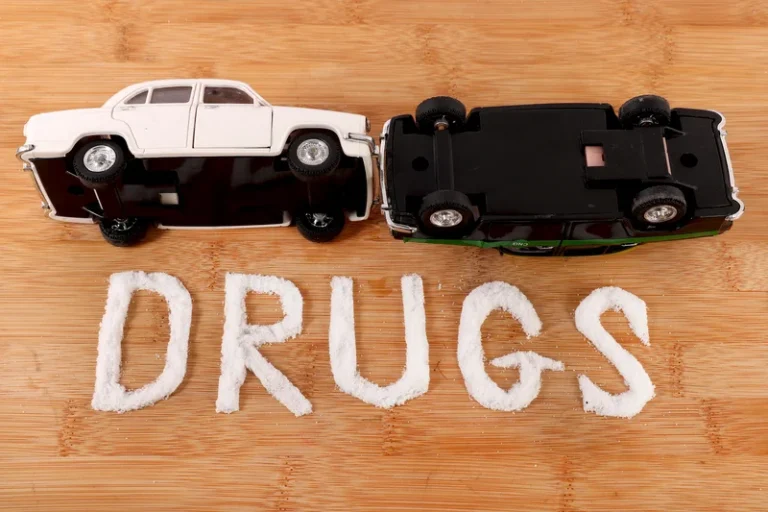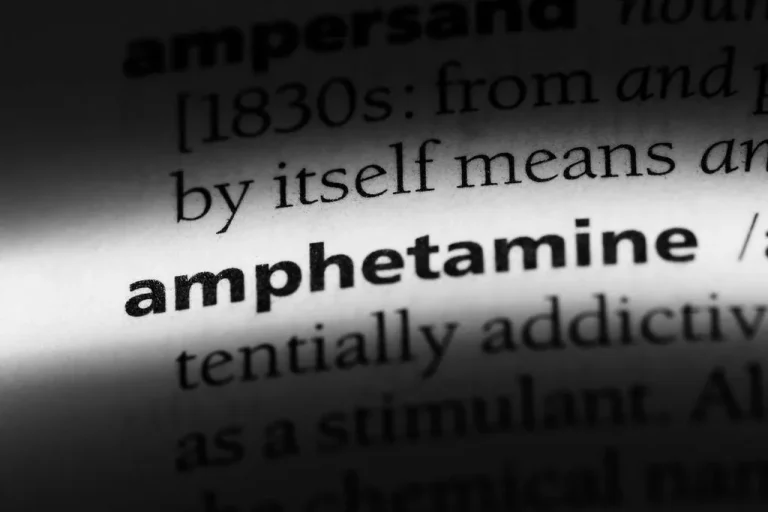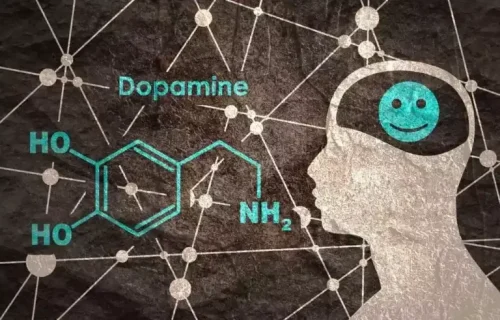
People with alcohol-related cirrhosis often experience such high levels of alcohol dependence that they could have severe health complications if they try to quit without being in the hospital. A doctor can recommend a hospital or treatment facility where they can start the journey toward sobriety. According to a 2015 study of people hospitalized with alcohol-related liver disease in Sacramento, California, Hispanic people tend to develop the condition at a younger age than African Americans or people who are white. If you have later stage liver disease it’s really important to ask your liver specialist about having a transplant.
- As the condition progresses and more healthy liver tissue is replaced with scar tissue, the liver stops functioning properly.
- With continued alcohol consumption, the alcoholic liver disease progresses to severe damage to liver cells known as “alcoholic cirrhosis.” Alcoholic cirrhosis is the stage described by progressive hepatic fibrosis and nodules.
- The inflammatory cell infiltrate, located primarily in the sinusoids and close to necrotic hepatocytes, consists of polymorphonuclear cells and mononuclear cells.
- Most people will not experience symptoms in the early stages of ALD.
5 Tsukamoto-French model
Interleukins with the help of neutrophils attack the hepatocytes, and swelling of the hepatocytes known as the “alcoholic hepatitis” takes place. Ongoing liver injury leads to irreversible liver damage, the cirrhosis of the liver. Currently, abstinence, corticosteroids, and nutritional therapy remain conventional therapeutic interventions for ALD.
Behavioural Treatment
In mild alcoholic hepatitis, liver damage occurs slowly over the course of many years. Alcoholic fatty liver disease can be reversed by abstaining from alcohol for at least several weeks. Less commonly, alcoholic hepatitis can occur if you drink a large amount of alcohol in a short period of time (binge drinking).
Diagnosis of Alcohol Use Disorder

For people who have alcohol-related fatty liver disease, abstaining from alcohol is the principal—and usually only—treatment. Usually at this stage of liver disease, damage to liver can be reversed only if alcohol consumption stopped. The single best treatment for alcohol-related liver disease is abstinence from alcohol. When indicated, specific treatments are available that can what is alcoholism help people remain abstinent, reduce liver inflammation, and, in the case of liver transplantation, replace the damaged liver. If you’re diagnosed with alcoholic hepatitis, you must stop drinking alcohol. People who keep drinking alcohol have a high risk of serious liver damage and death.
Pathogenesis and therapeutic targets of ALD
- A clinical suspicion of alcoholic hepatitis may be inaccurate in up to 30% of patients.
- A survey of liver transplant programs conducted in 2015 revealed only 27% of the programs offer a transplant to alcoholic hepatitis patients.
- Excessive alcohol intake induces oxidative stress, triggering the production of erythropoietin, which suppresses hepcidin generation.
As a result, the body can’t produce enough proteins or filter toxins out of the https://ecosoberhouse.com/ blood as it should. The assessment involves talking to liver transplant specialists and having tests to check your liver and general health, including the strength of your heart and lungs. Talk to your clinical team before making any changes to your diet, they know you best and can give you personalised advice.
With increasing interest in ALD drug development from pharmaceutical companies and funding agencies, we may anticipate the emergence of more novel therapies for treating ALD in the future. With the escalating research focus on ALD, conventional modeling approaches for ALD have seen gradual refinement and expansion. These novel models are anticipated to provide further insight into the pathogenesis of ALD, illuminate the reciprocal interplay between the liver and other organs, and contribute to advancements in the prevention and treatment of ALD. MicroRNAs (miRNAs) are endogenous, small, noncoding RNA molecules, typically spanning 21–23 nucleotides, responsible for regulating gene expression at the translational level. Simultaneously, miRNAs represent the principal epigenetic regulatory factors involved in the pathogenesis of ALD.


Identification of concomitant psychiatric conditions in patients with ALD is important, to provide simultaneous treatment of all conditions with the aim of abstinence 91. Depression and anxiety disorders, post-traumatic stress disorder, psychotic disorders and other substance use disorders are all seen at a higher prevalence in patients with AUD and can present major barriers to symptoms of alcoholic liver disease the successful treatment of AUD. Alcohol may be used as a coping mechanism in the setting of chronic pain, sleeping disorders, or sexual, physical or emotional abuse 91. Consideration should be given to the potential for oversedation in patients prescribed antipsychotics, benzodiazepines or opioids who continue to drink alcohol 92. Although these genetic and gut microbiome markers appear promising stratification tools in heavy drinkers and those with ALD, they are currently not readily accessible or adopted into routine practice.
- Psychologists and psychiatrists must be asked by clinicians to assess the psychological state of patients to determine the origin of alcohol intoxication (depression, post-traumatic shock).
- Close to 90% of adults in the United States have had an alcoholic beverage at some point in their life, and when asked about their drinking habits, around 55% report having had a drink within the past month.
- You will be treated for any complications, such as bloating (ascites) or bleeding (varices).
- Liver disease is just one of the consequences of excessive alcohol consumption.
Patients with alcoholic hepatitis are at risk of alcohol withdrawal. Lorazepam and oxazepam are the preferred benzodiazepines for prophylaxis and treatment of alcohol withdrawal. Documentation of daily caloric intake is necessary for patients with alcoholic hepatitis, and nutritional supplementation (preferably by mouth or nasogastric tube) is an option if oral intake is less than 1200 kcal in a day. However, in advanced alcoholic liver disease, liver regeneration is impaired, resulting in permanent damage to the liver. Early damage to the liver causes fat to deposit onto the liver, resulting in hepatic steatosis, or alcoholic fatty liver disease. Fatty liver disease often has no symptoms and can usually be reversed.

2.2. ROS Production and Oxidative Stress
A liver transplant is a challenging procedure, and the rules about who can receive an organ are complex. Preventing decompensated cirrhosis may be possible, but it depends on the cause. If decompensated cirrhosis is triggered by something like an infection or your diet, the trigger can be identified, and the condition can be reversed or controlled, either with medical treatment or through lifestyle changes.













